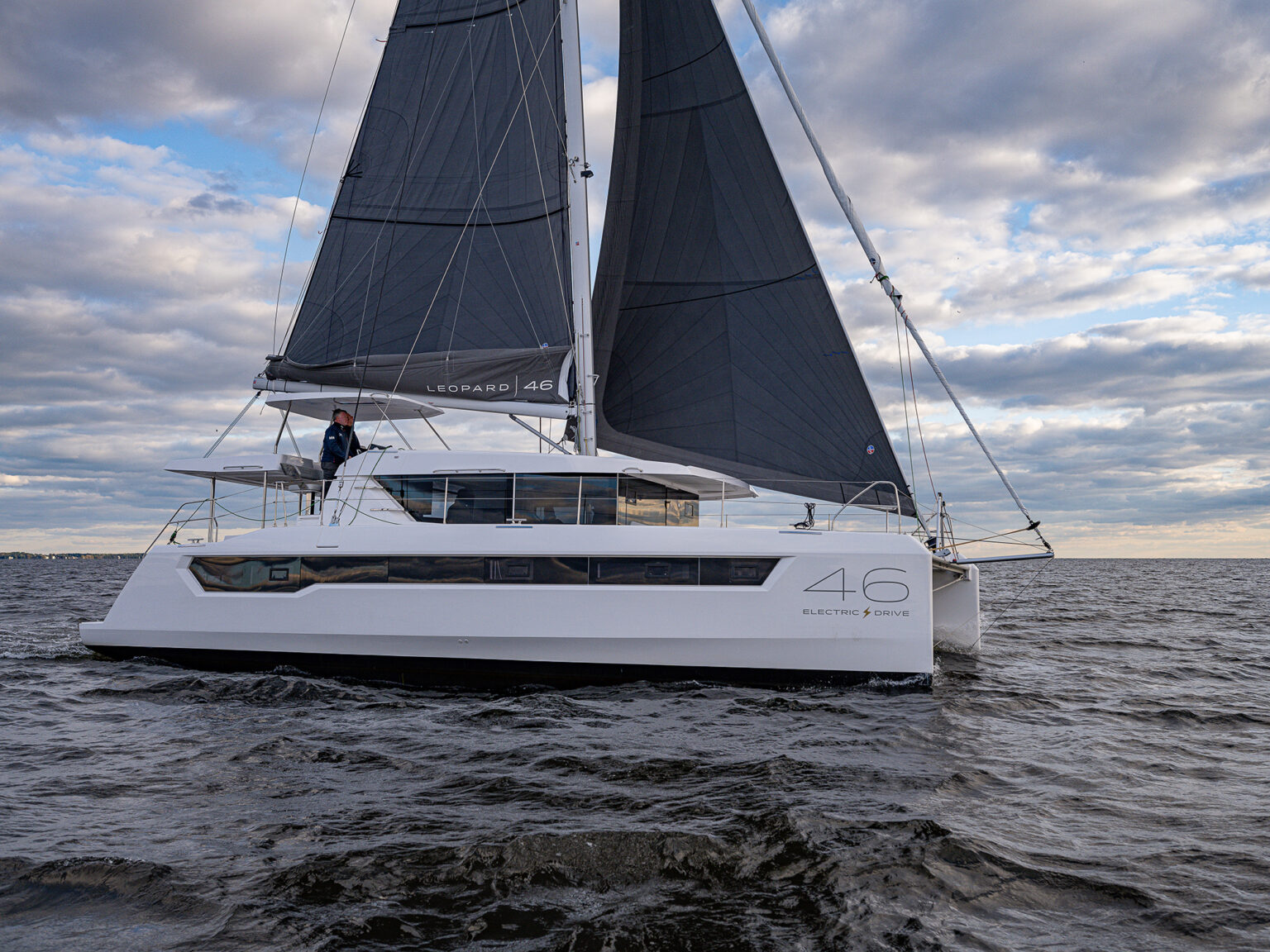Overview of Hull Construction Innovations
The global boating industry continues to evolve, showcasing cutting-edge techniques that enhance efficiency and durability, particularly in catamaran manufacturing. A significant development has emerged from the renowned South African boatbuilder, which has recently introduced a groundbreaking method known as the single-shot resin infusion process. This innovation promises to streamline production while simultaneously boosting the structural integrity of catamarans, making them more appealing for enthusiasts of sailing and boat rentals alike.
Advent of Single Shot Infusion
The single shot infusion technique stands out by replacing the traditional multi-stage infusion with a streamlined, one-step process for hull construction. This method saturates the entire hull structure—including core, laminates, and reinforcements—in a controlled resin application. By eliminating secondary bonding steps, this approach fosters uniformity, reduces weight, and enhances the overall durability of the hull. The risk of delamination, often caused by inconsistencies along join lines, is significantly minimized.
Advantages of the New Technique
Improved Uniformity: Ensures a consistent resin distribution across the hull.
Reduced Weight: Lightweight designs contribute to better performance.
Enhanced Durability: Strengthening the hull for long-term usage.
Lower Risk of Delamination: Eliminates common flaws in traditional construction.
These enhancements align perfectly with the growing market demand for durable and high-performing vessels. As boating enthusiasts seek out vessels that not only meet their leisure needs but also ensure safety and longevity, this advancement in catamaran construction stands to attract more attention within the sailing and boat rental sectors.
Focus on Quality Control
This innovative technique is part of a broader effort to modernize production and improve quality control across the manufacturing chain. In tandem with the single-shot infusion method, advanced acoustic leak detection systems have been adopted to guarantee vacuum integrity prior to resin application. This focus on precision safety and quality enhancement resonates with those who hire boats for sailing adventures or leisure trips.
Additional Improvements in Construction
The hull-building process has also undergone further updates, including:
Resin Feed Layout Redesign: This innovation aims to minimize dry spots during hull formation.
Phenolic Sound Testing: Conducted 30 days after demoulding to catch delayed anomalies affecting performance.
Thicker Print Blockers: These features improve the aesthetic appeal and minimize visible patchwork over time.
The largest boatbuilding company in South Africa, known for its leadership in the power catamaran sector, is committing to these improvements as part of its long-term strategy to refine construction standards while meeting consumer expectations for performance and durability.
Environmental Considerations
In a bid to balance innovation with sustainability, the company is also investigating the introduction of a new, slower-curing resin formula that is optimized for warmer climates. Preliminary indications suggest that such developments may be ready for implementation by late 2025. Furthermore, localized hull temperature control systems are being explored to mitigate energy costs throughout the manufacturing process.
Resin Infusion in Boatbuilding
Understanding the intricacies of resin infusion is crucial for grasping its significance in boat construction. Resin infusion, also known as vacuum infusion, employs vacuum pressure to draw resin through dry fibers, resulting in a robust, lightweight, and high-quality composite structure essential for performance in sailing vessels.
Process Breakdown of Resin Infusion
Mold Preparation: Creating a mold with careful application of release agents.
Reinforcement Layup: Laying dry fiberglass or carbon fiber in the mold.
Bagging: Sealing a vacuum-tight film over the mold.
Vacuum Application: Removing air to prepare fibers for resin.
Resin Infusion: Drawing resin into the mold under vacuum.
Curing: Allowing the infused structure to harden under vacuum.
Demolding: Removing the solidified part from the mold with minimal finishing.
Key Benefits of the Process
Structural Efficiency: Achieving a higher strength-to-weight ratio.
Minimized Defects: Vacuum processes reduce the chances of air pockets.
Environmental Friendliness: Less resin waste and reduced emissions.
Aesthetic Qualities: Infused parts generally require less post-production work, enhancing visual appeal.
In high-performance contexts, like bluewater catamarans, where strength, weight considerations, durability, and performance are paramount, these advancements are particularly beneficial for builders striving to deliver reliable offshore vessels.
Reflexiones finales
Experiencing new locations shapes any traveler’s adventure, involving cultural immersion, appreciation for nature, and discovering the vibrant palette of local colors. Renting a boat or yacht allows enthusiasts to navigate unique inlets, bays, and lagoons, revealing insights about the region that are as profound as the local cuisine and architecture. GetBoat.com is the ultimate platform for anyone planning their upcoming sea trip, as it enables seamless access to the best options in boat rentals.
For those keen to embrace seaside voyages, remember to explore the innovative advancements transforming catamaran hull construction. These techniques not only bolster performance and longevity but may redefine expectations for sailing experiences. As the world of boating advances and new trends surface, remaining updated is essential. Engaging with a community of boating enthusiasts can unlock many opportunities for unforgettable adventures and informed choices with your next rental.

 Innovations in Catamaran Hull Production for Sailing">
Innovations in Catamaran Hull Production for Sailing">
